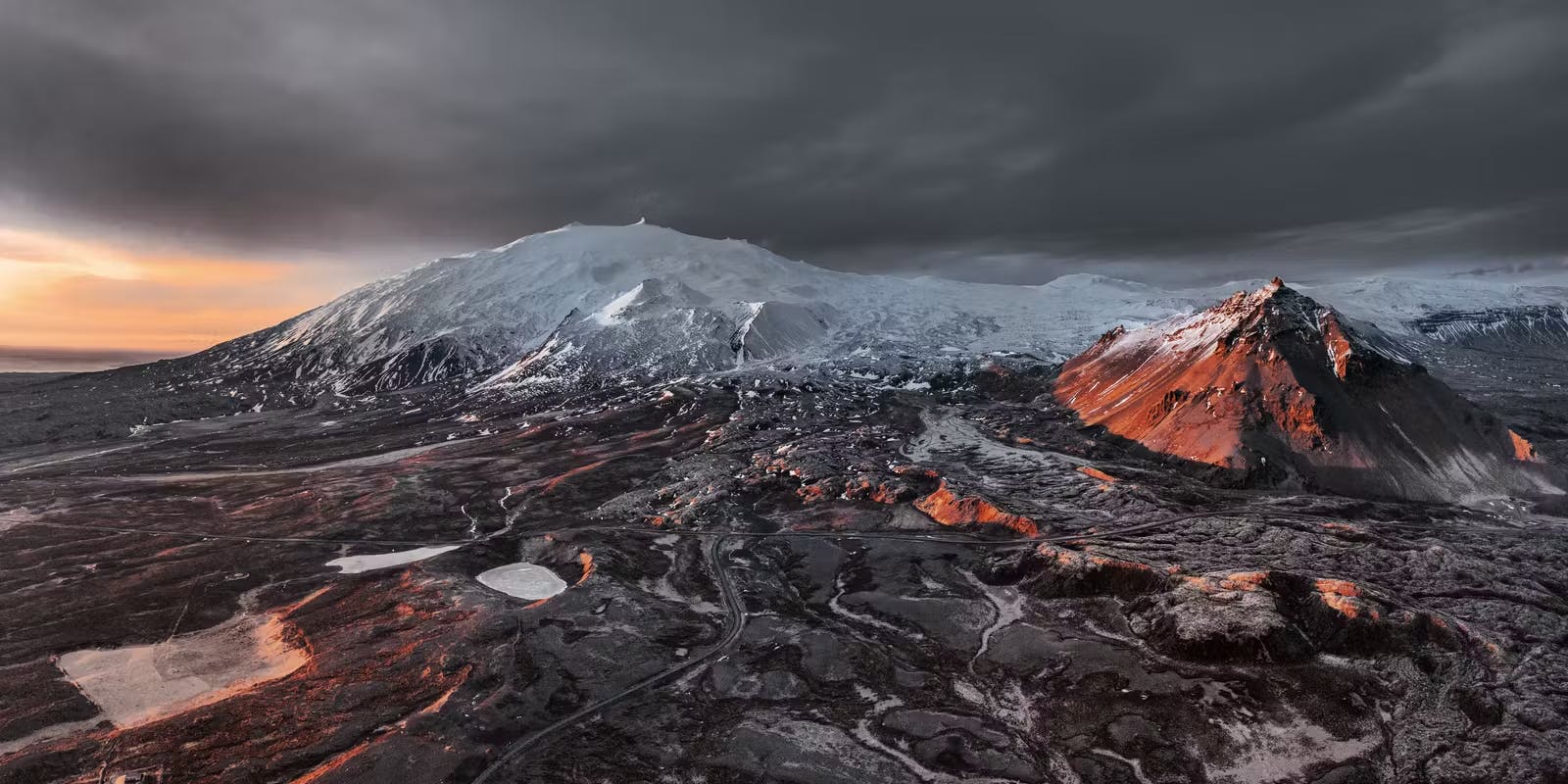
What is a Stratovolcano?
A stratovolcano, or composite volcano, is a large and steep-sided volcanic cone built by explosive and effusive eruptions. These volcanoes are characterised by their symmetrical shape and layers of solidified lava flows, ash, and other volcanic debris. Due to their explosive nature, stratovolcanoes can pose significant hazards to nearby communities, including pyroclastic flows, ashfall, lava flows, and volcanic gases.
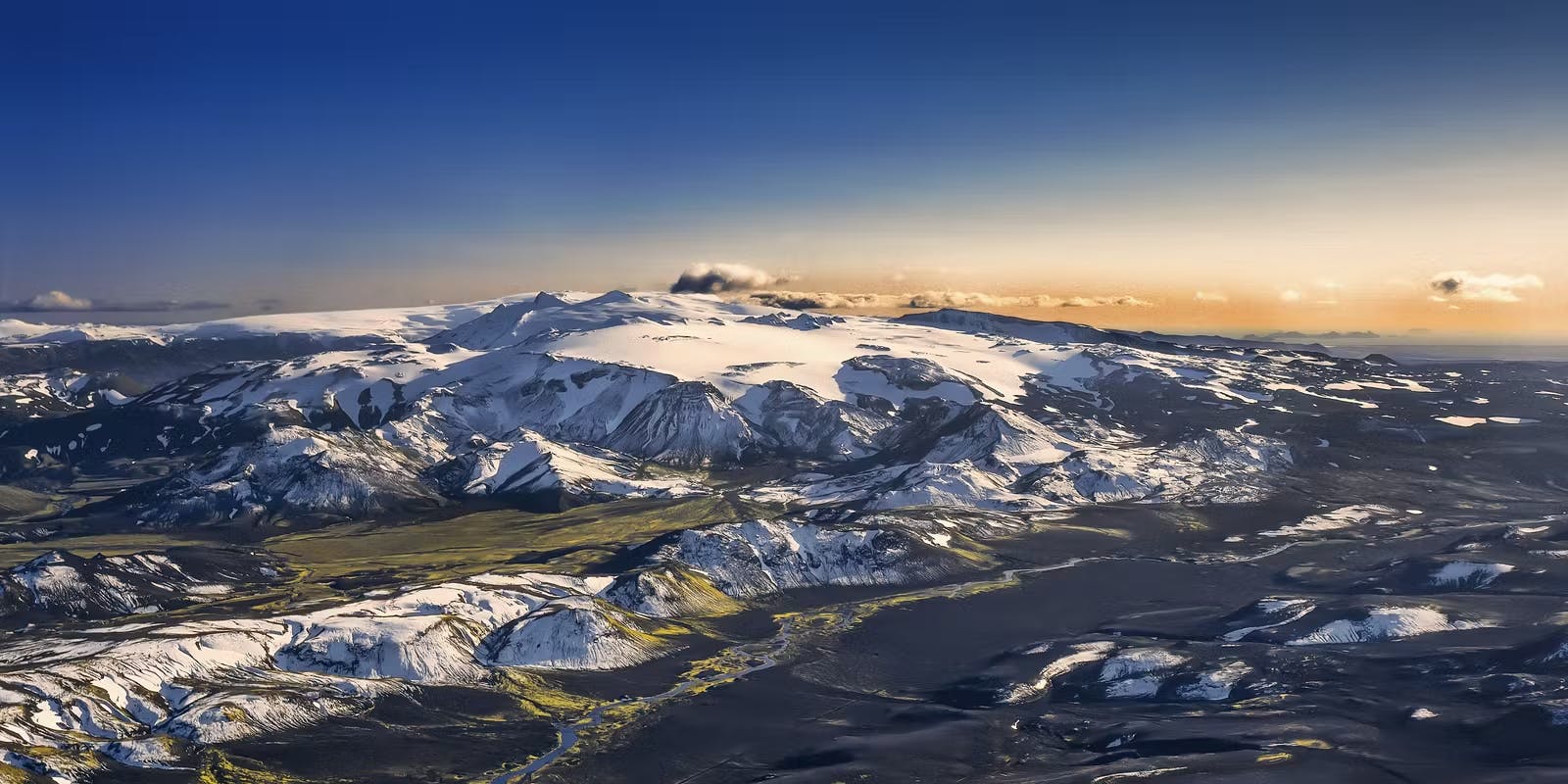
What are the Key Characteristics of Stratovolcanoes?
Stratovolcanoes have steep sides due to the accumulation of alternating layers of lava, ash, and volcanic rocks. The steepness results from the lava’s viscosity and the explosive nature of some eruptions. They often have a classic conical shape, and their summit is marked by a crater or a caldera formed during explosive eruptions.
Additionally, stratovolcanoes are associated with both explosive and effusive eruptions. Explosive eruptions result in the release of ash, pyroclastic flows, and volcanic gases. The build-up of gas pressure in viscous magma often drives these eruptions.
What is an Example of a Stratovolcano?
Well-known examples of stratovolcanoes include Mount St. Helens and Mount Rainier in the United States, Mount Fuji in Japan, and Mount Vesuvius in Italy.
In Iceland, there are many stratovolcanoes. Examples are Snæfellsjökull. Eyjafjallajökull, Mount Hekla and Öræfajökull.
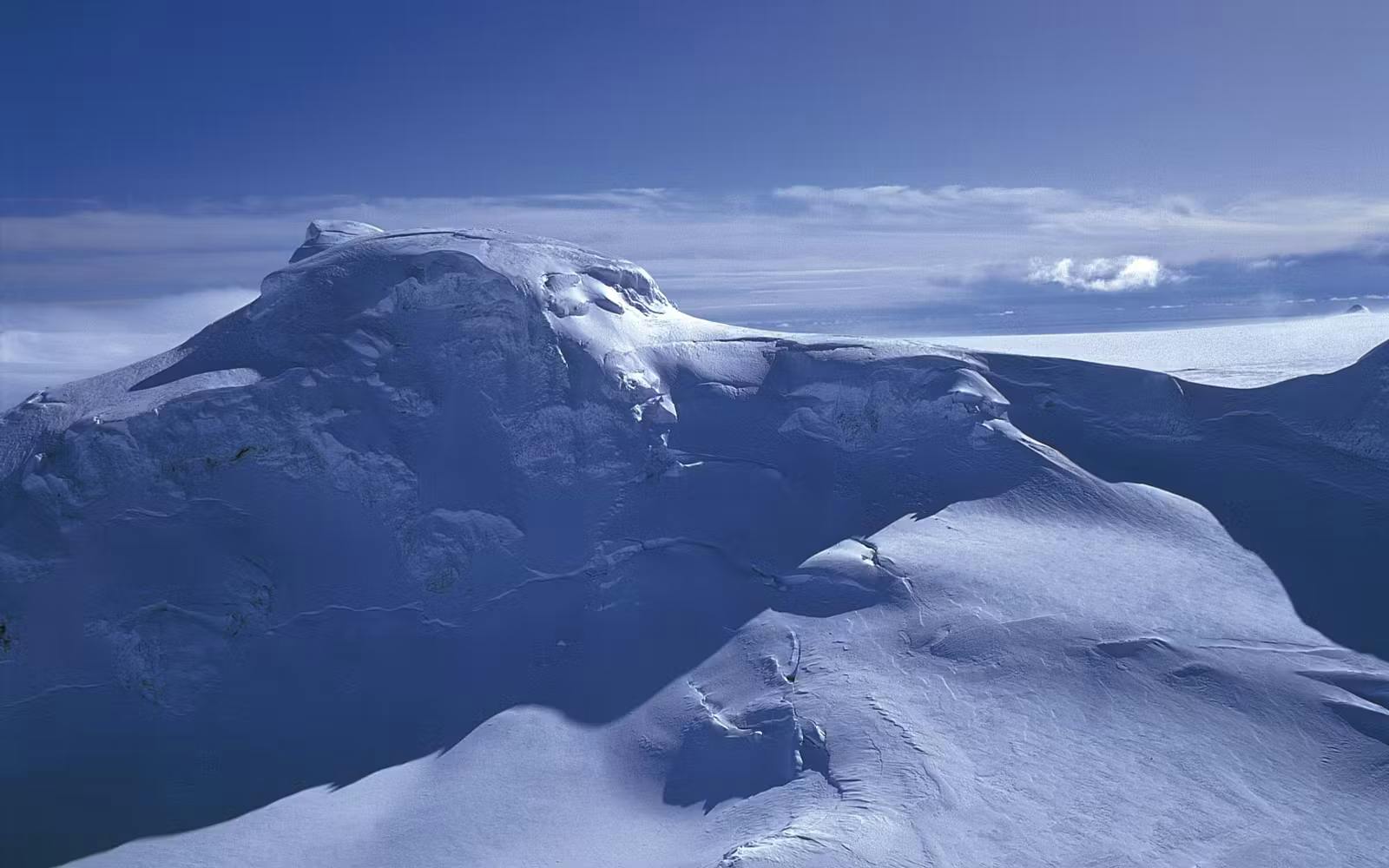
How are Stratovolcanoes Formed?
Stratovolcanoes are formed through a combination of both explosive and effusive volcanic activity. Although this is not the case in Iceland, stratovolcanoes are typically associated with subduction zones, where one tectonic plate is subducted beneath another. Oceanic plates often subduct beneath continental plates or other oceanic plates in these settings. The subduction of the oceanic plate leads to rock melting in the subducted plate due to the increase in temperature and pressure at depth.
As the subducted plate undergoes partial melting, magma is generated. This more viscous and silica-rich magma rises through the overlying plate and accumulates in a magma chamber beneath the earth’s surface. The rising magma eventually reaches the surface, creating a volcanic arc parallel to the subduction zone. This arc consists of a chain of stratovolcanoes that form along the plate boundary.
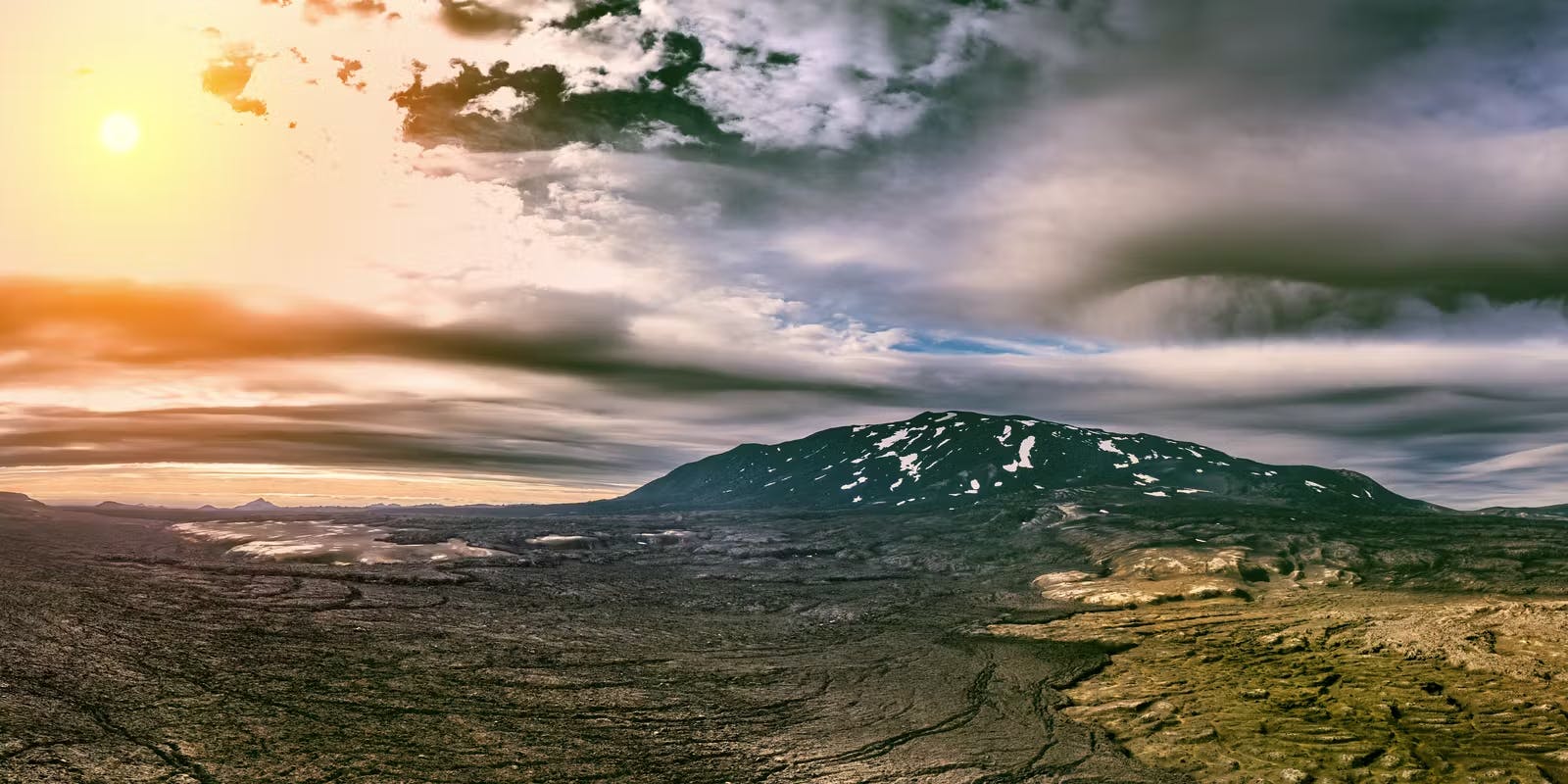
Over time, the alternating deposits of lava flows, ash, and volcanic rocks create the characteristic stratified layers of a stratovolcano—the layering results from variations in eruption styles and the composition of the erupted materials.
Stratovolcanoes can also be found at divergent plate boundaries, as in Iceland, and in hot spots above mantle plumes, such as in Jan Mayen.
Are Stratovolcanoes Dangerous?
Stratovolcanoes are considered potentially dangerous due to their explosive nature and the range of hazards associated with their eruptions. These explosive events can directly threaten nearby populations, infrastructure, and ecosystems. During explosive eruptions, stratovolcanoes can generate pyroclastic flows—fast-moving, high-temperature mixtures of ash, volcanic rocks, and gas. Pyroclastic flows can travel downhill at high speeds, causing destruction in their path.
Other hazards include volcanic ashfall, fast-flowing mudflows, gas emissions, and lava flows.
Learn About Volcanoes at Perlan in Reykjavík
Perlan’s Forces of Nature exhibition allows guests to feel the immense power of volcanoes, earthquakes, and geothermal energy that powers the island. In the heart of Reykjavík, guests can learn about the volcanoes that form when heat and pressure build up beneath the earth’s surface. The earth’s weak points tend to be along fault lines where tectonic plates converge or diverge, as in Iceland’s case. The exhibition is a unique, family-friendly museum experience that entertains and informs.
From Katla to Hekla, many of Iceland’s iconic peaks are still considered active. See a full overview of every Iceland active volcano here.
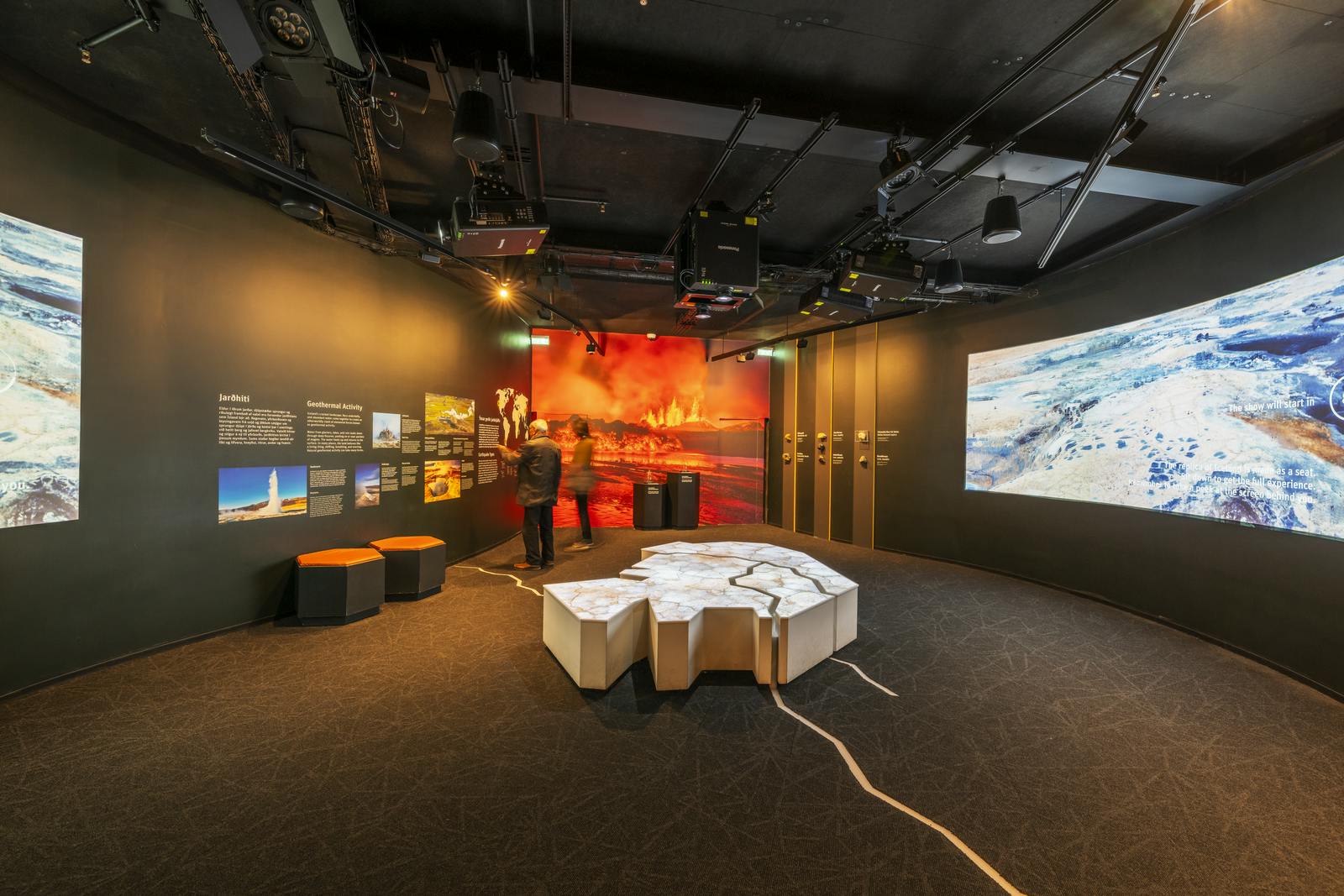
FAQ
What happens when a stratovolcano erupts?
When a stratovolcano erupts, it can unleash a series of volcanic phenomena, ranging from explosive eruptions to effusive lava flows. The specific sequence of events can vary based on the characteristics of the volcano and the composition of its magma.
Is a stratovolcano a composite volcano?
Yes, a stratovolcano is another name for a composite volcano characterised by its layered structure due to alternating eruptions of lava and ash.
Where are stratovolcanoes found?
Stratovolcanoes are found at convergent plate boundaries, particularly around the Pacific Ring of Fire, where oceanic and continental plates collide. They also can be found at divergent plate boundaries, as in Iceland, and in hot spots above mantle plumes, as in Jan Mayen.







